
Jin Mei, ‘2016-47’, 2016
[HK$5,000.00]
Late Summer Picks: Jin Mei
We are pleased to present an intimate selection of works on paper by Jin Mei for this season. Jin Mei was born in Shanxi in 1961. She attended the School of Art at Shanxi University in 1982. At the end of 2015, she had surgery and started to draw on paper while resting in bed.
Her daughter is Chang Yuchen, a New York-based artist born in 1989, who has been supporting Jin Mei as the editor of her publication 晋美 jm, and as her advocate. The younger artist was amazed by Jin Mei’s drawings when she first saw them in 2016: “My gaze got lost in the intricate lines and textures. Traces made with pencils, crayons and colored markers were so tangible and concrete, while the decisive gestures of mama’s hand were still so present. Within each drawing, every seemingly repetitive element was slightly unique, and this tension between resemblance and distinction created an illusion like a constant tremor. Repetition is not mechanical, but charged with emotion and pulsing-like persistence. I could recognize mama in some drawings, but more often what I felt was an unfamiliar force. A force that evokes the joy and pain of life itself, but more mysterious, and more detached.”
Modest yet particularly vibrant, these works on paper are diaristic and meditative in nature, reflecting calmly on existential issues, sublimating exuberantly the mundane with colours.

[HK$5,000.00]
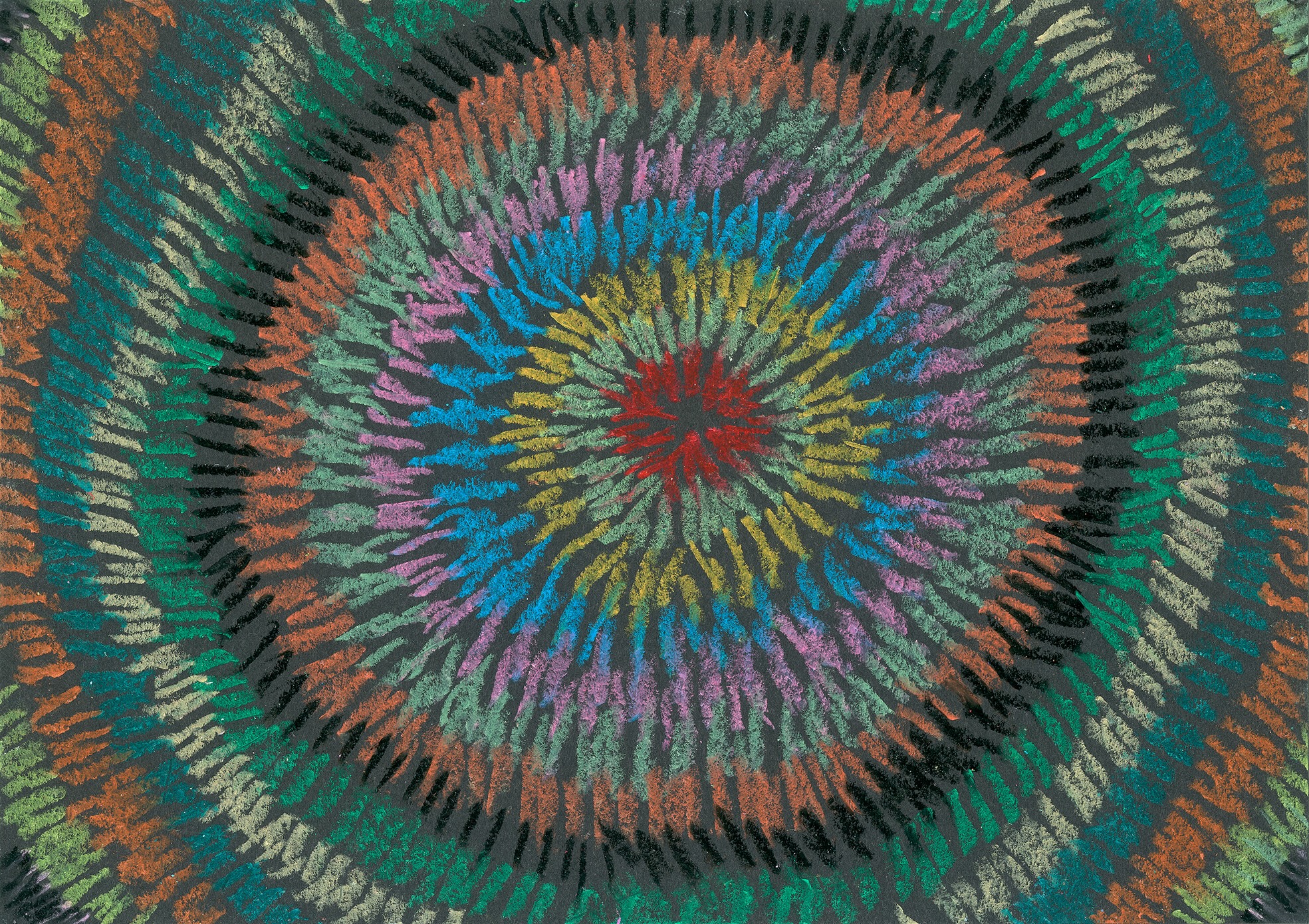
[HK$5,000.00]
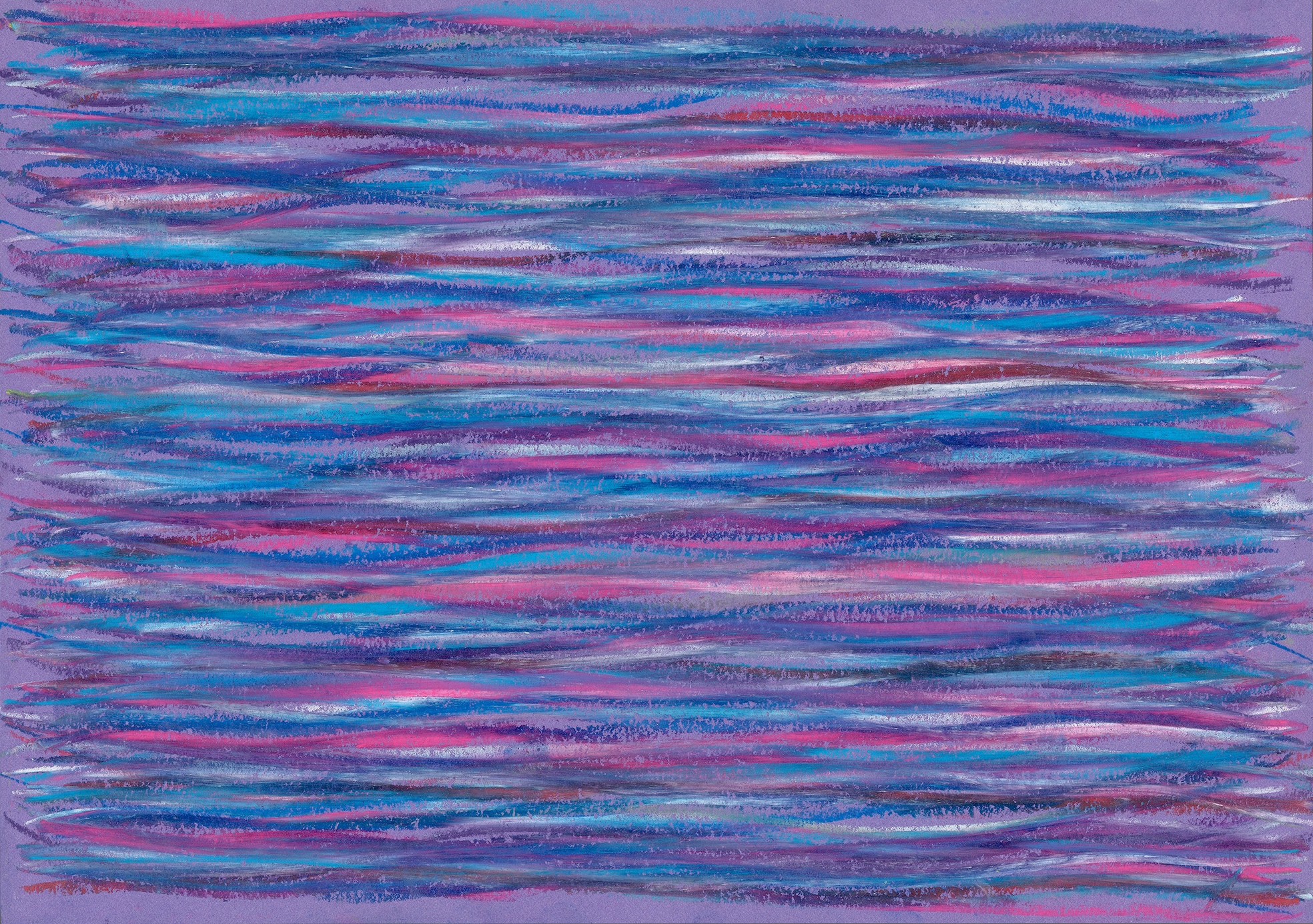
[HK$5,000.00]
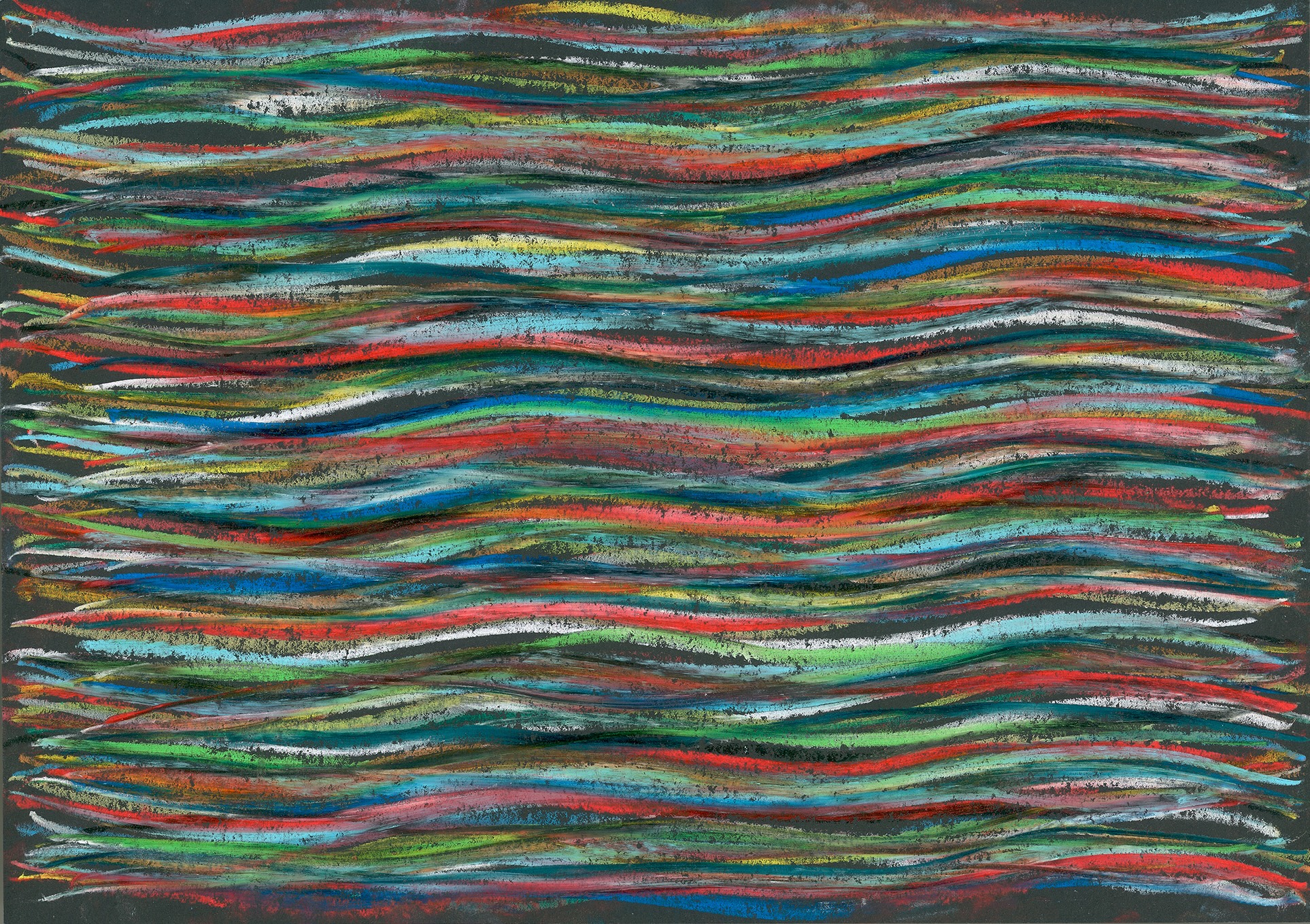
[HK$5,000.00]
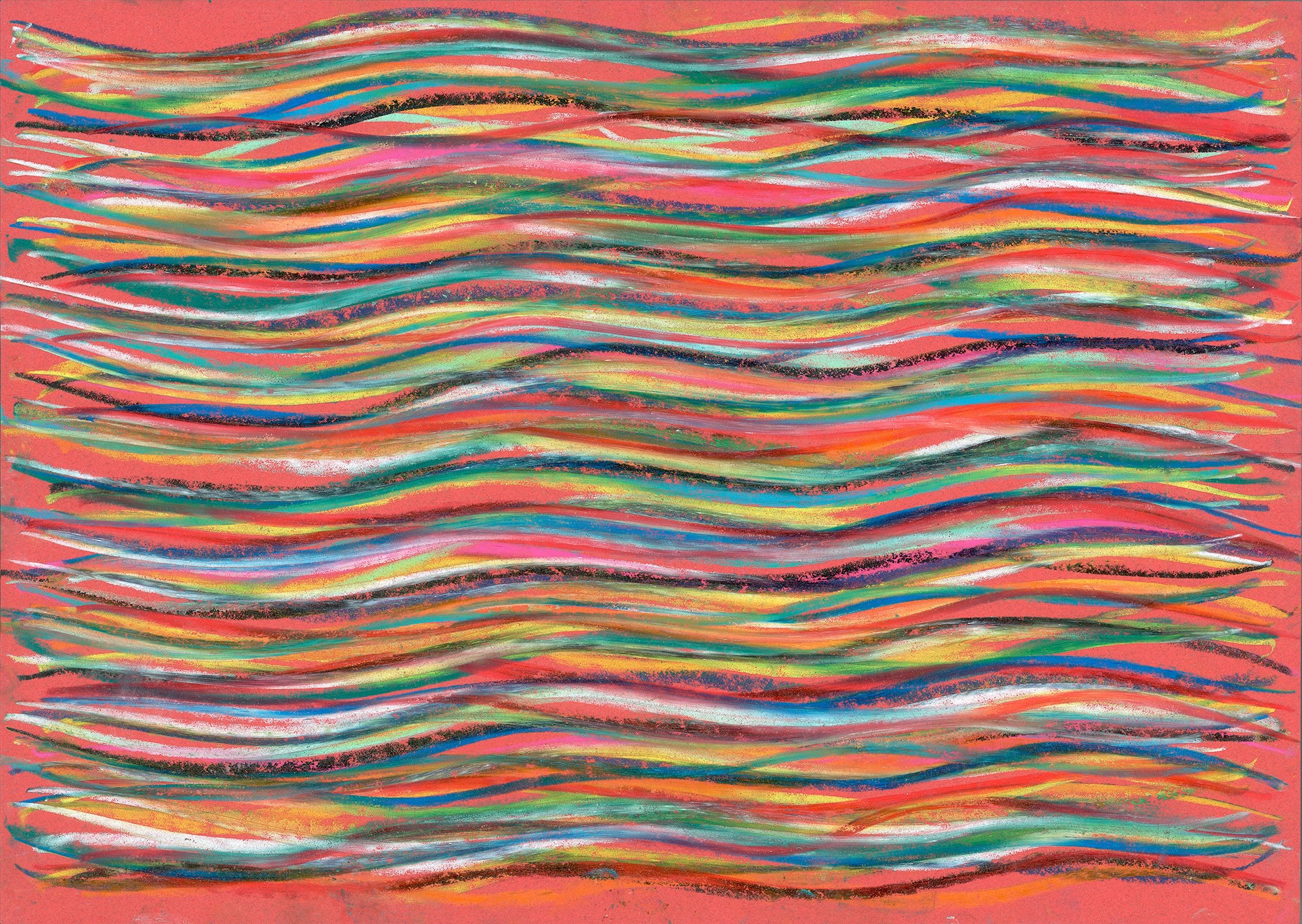
[HK$5,000.00]

[HK$4,400.00]
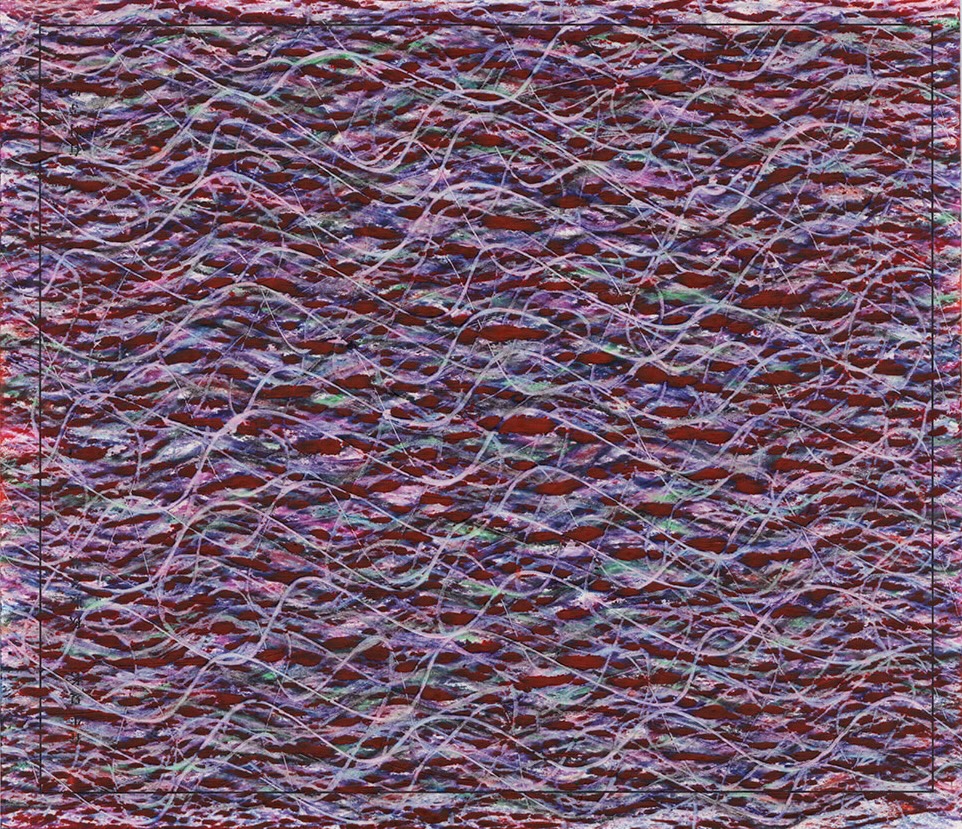
[HK$4,400.00]
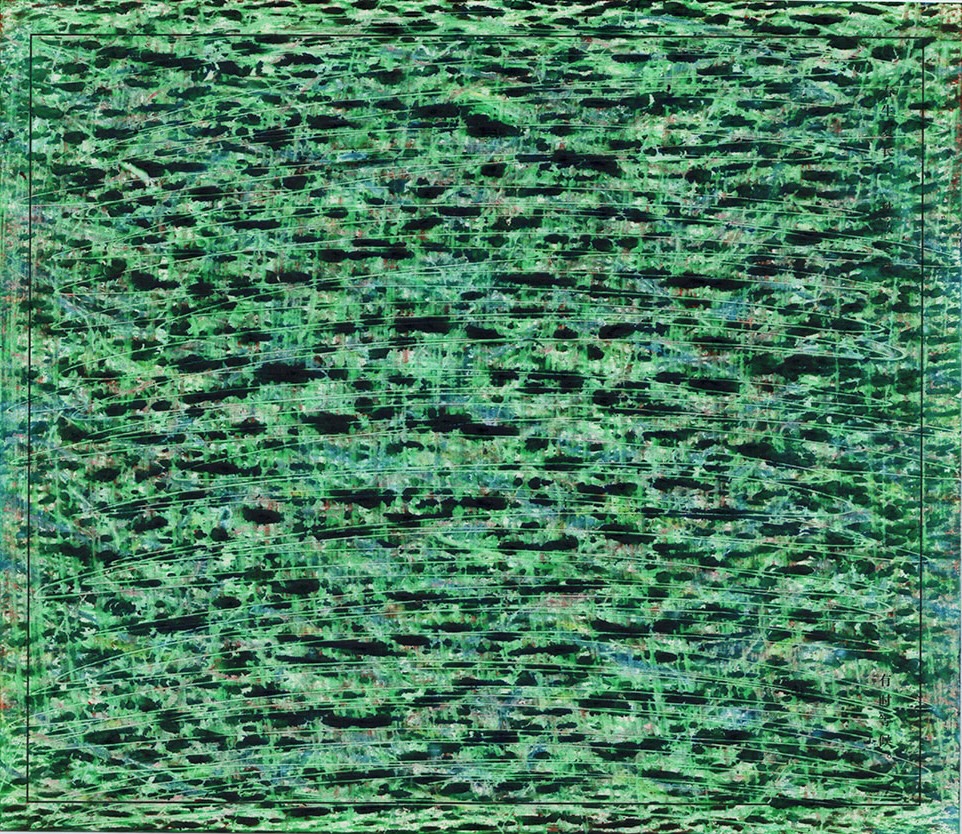
[HK$4,400.00]

[HK$4,400.00]
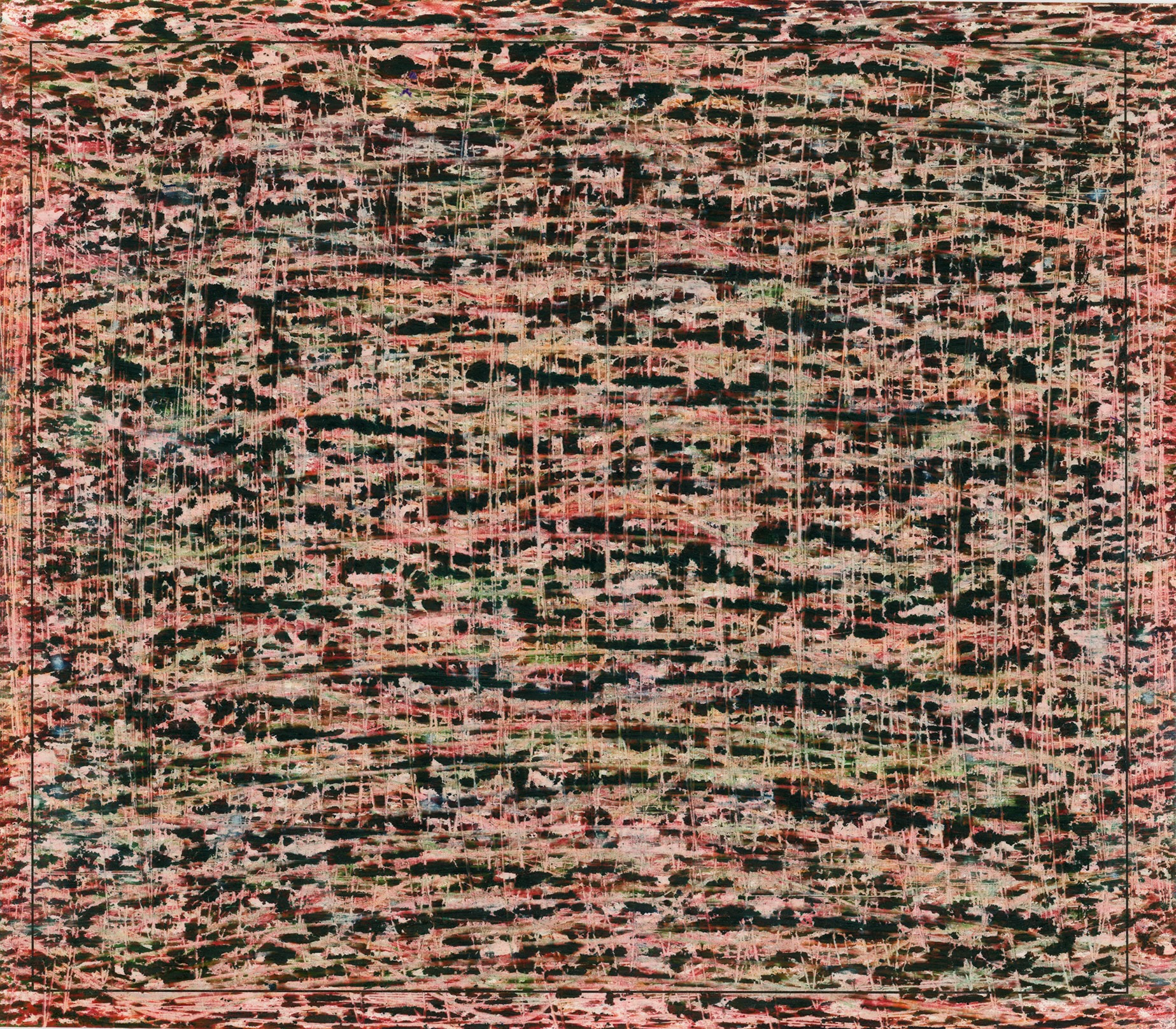
[HK$4,400.00]

[HK$3,200.00]
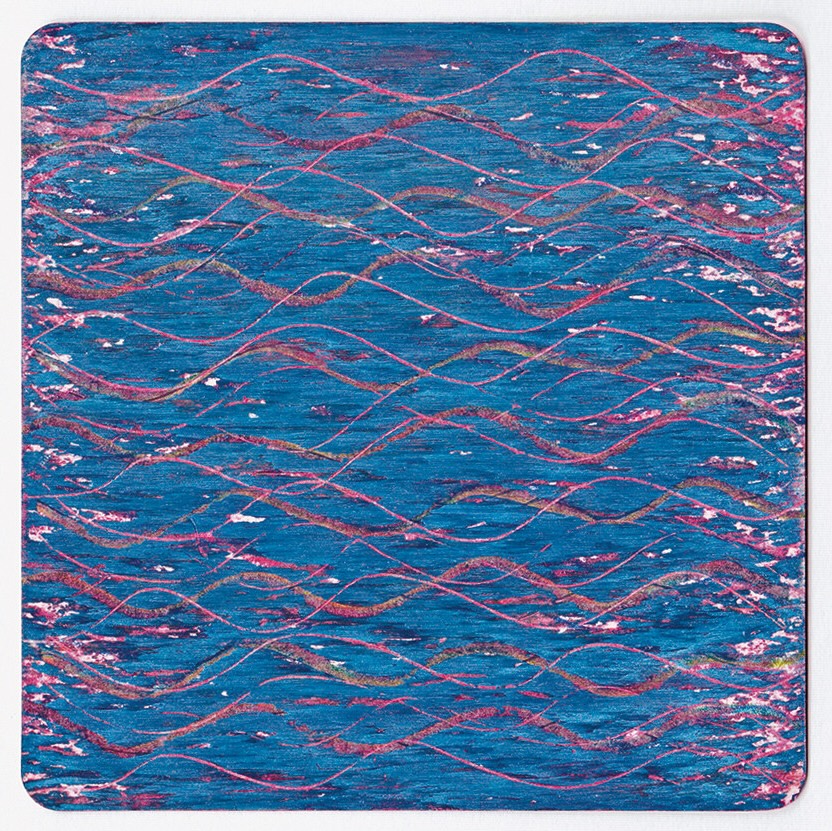
[HK$3,200.00]
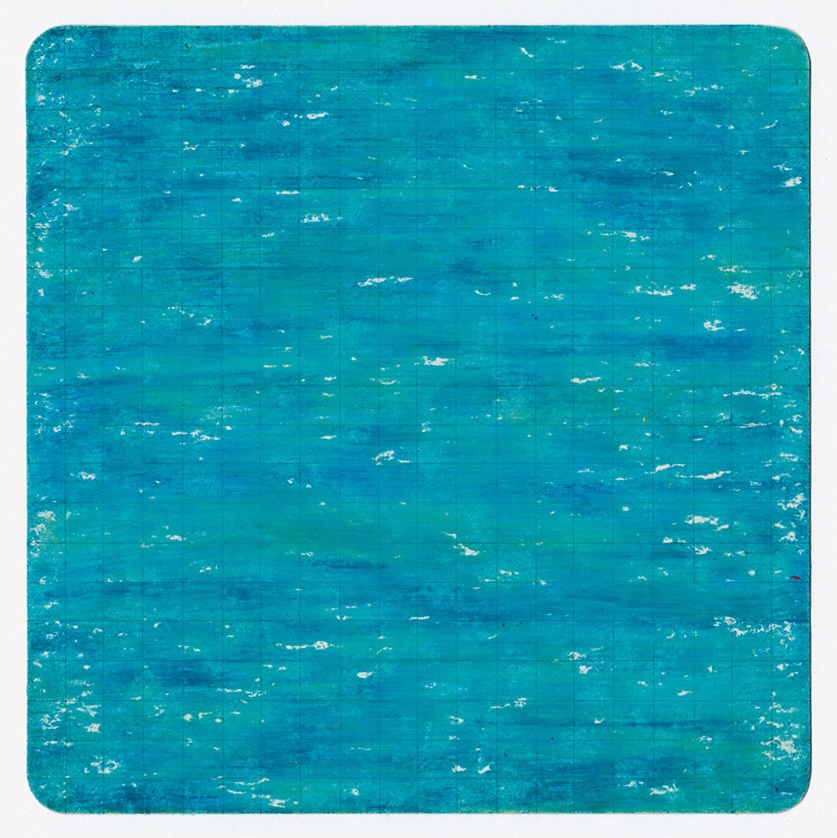
[HK$3,200.00]
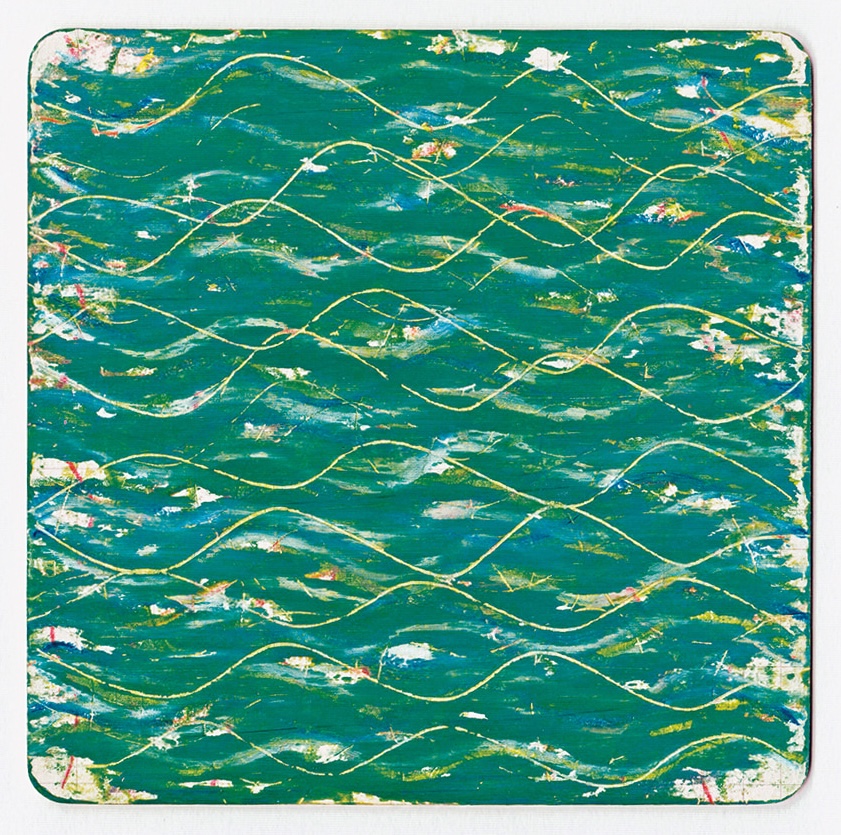
[HK$3,200.00]
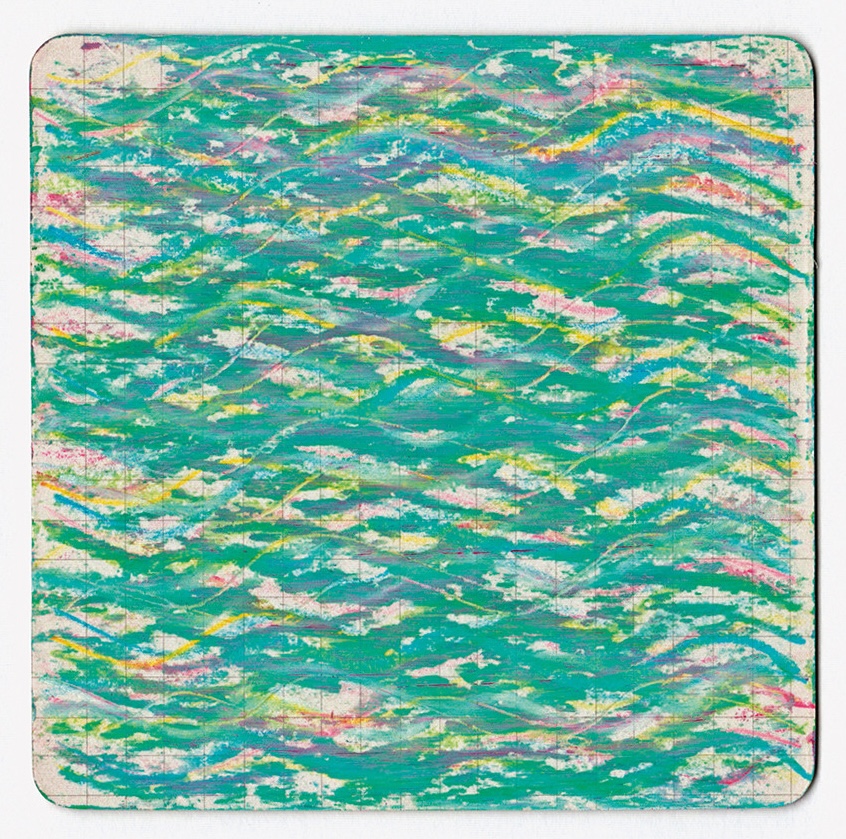
[HK$3,200.00]
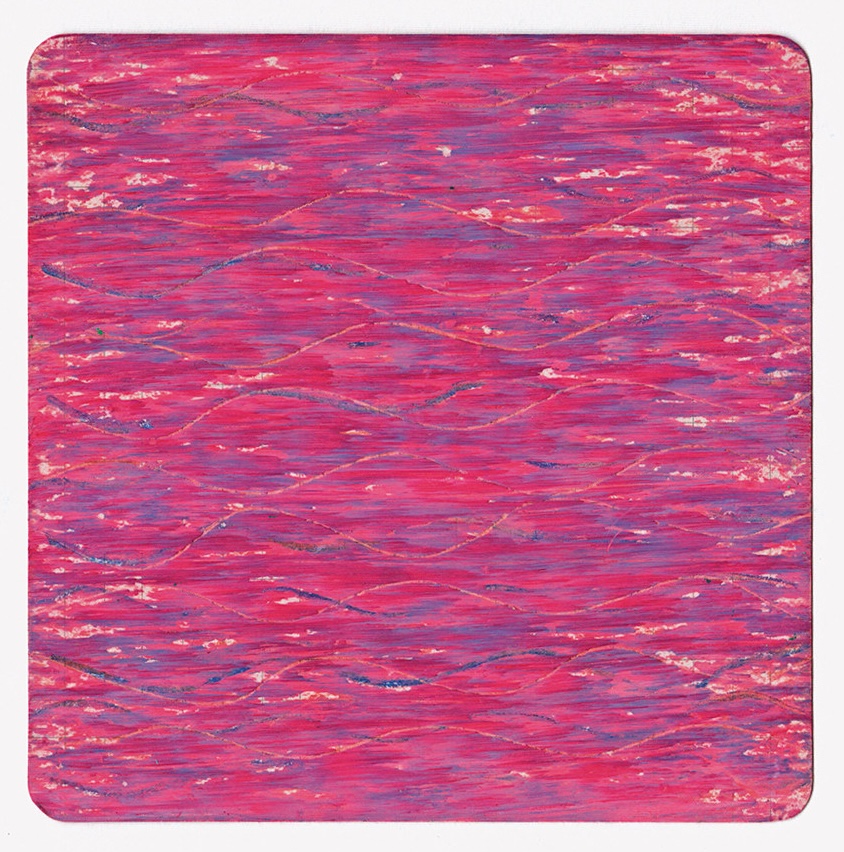
[HK$3,200.00]
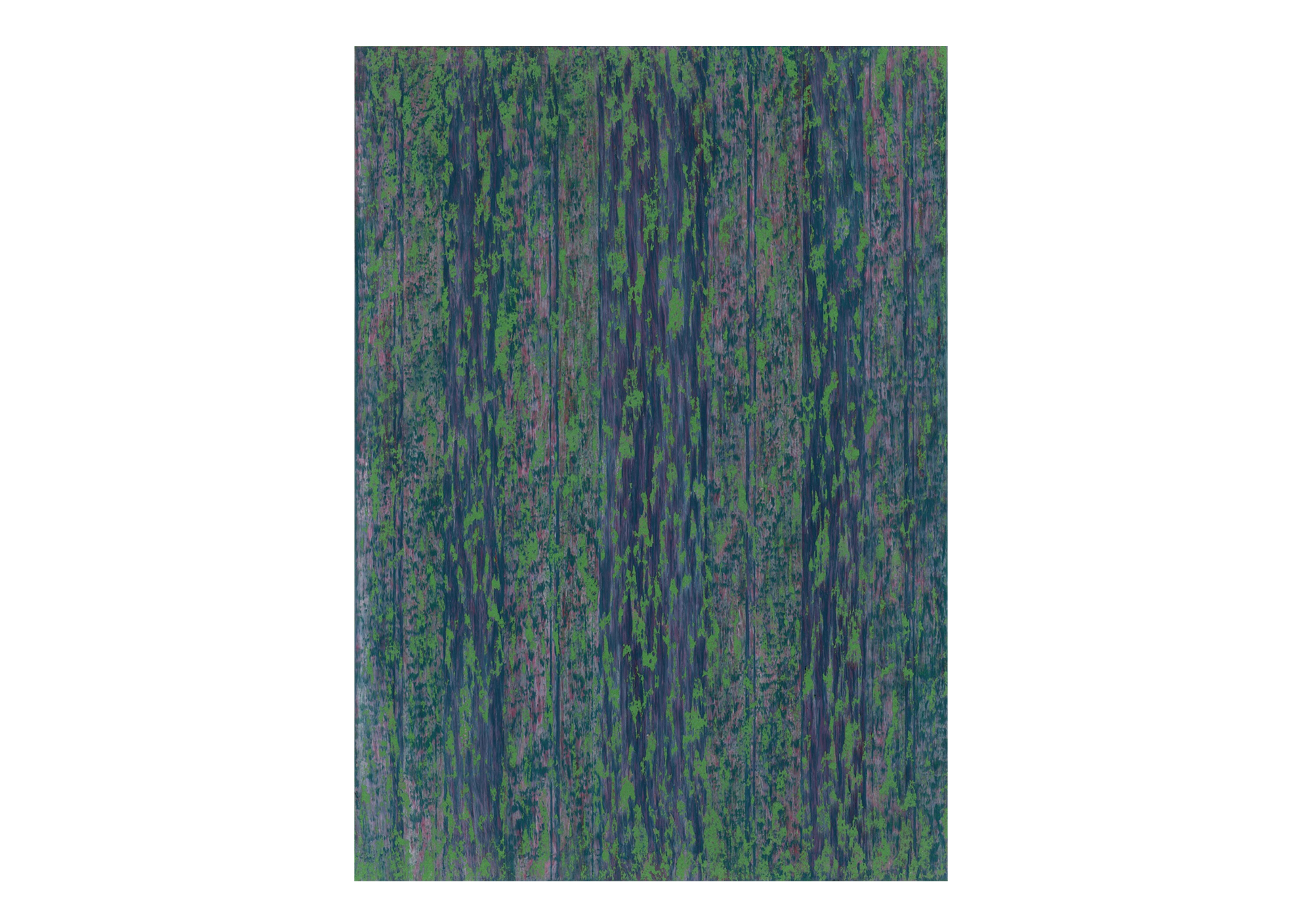
[HK$4,400.00]
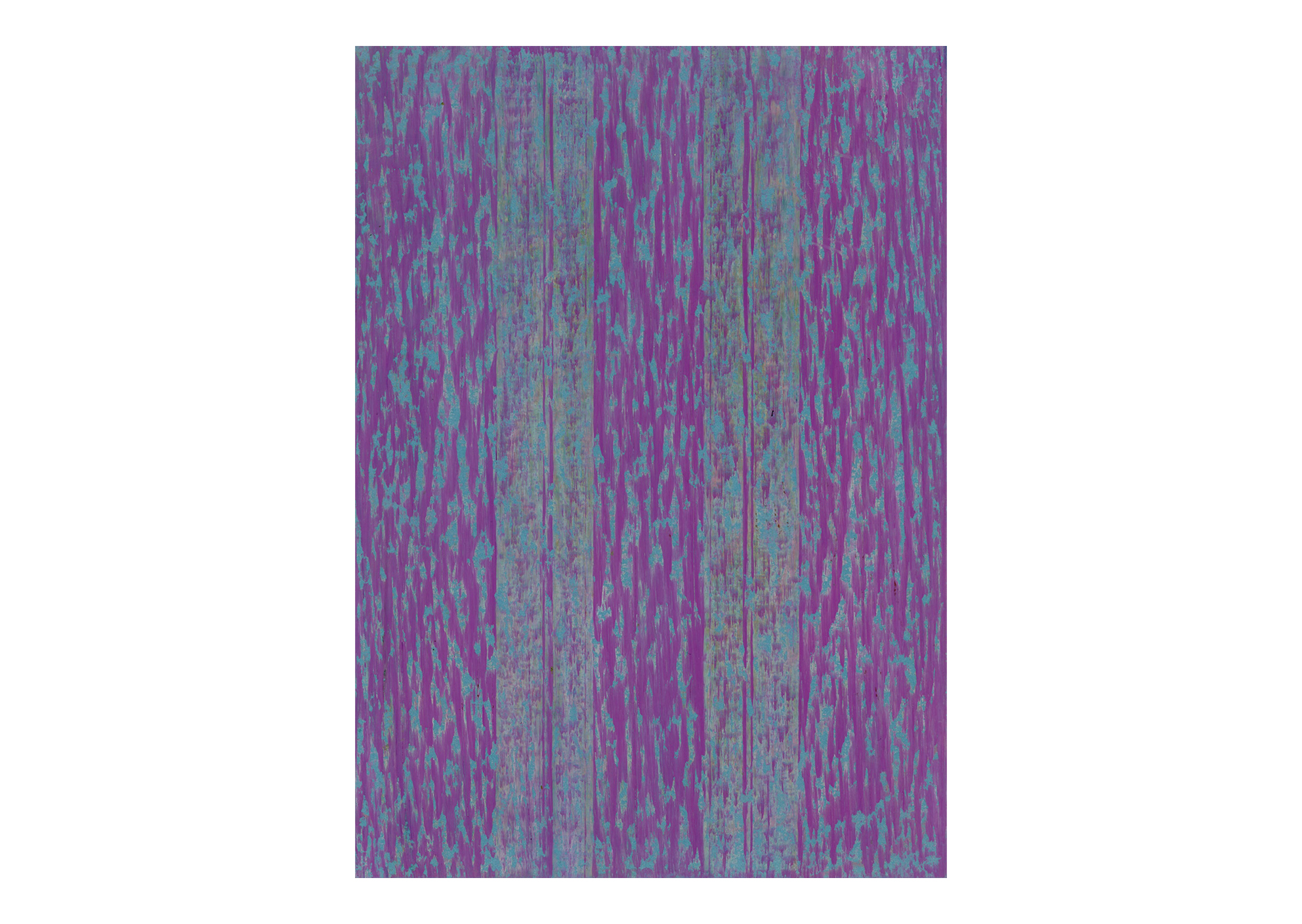
[HK$4,400.00]
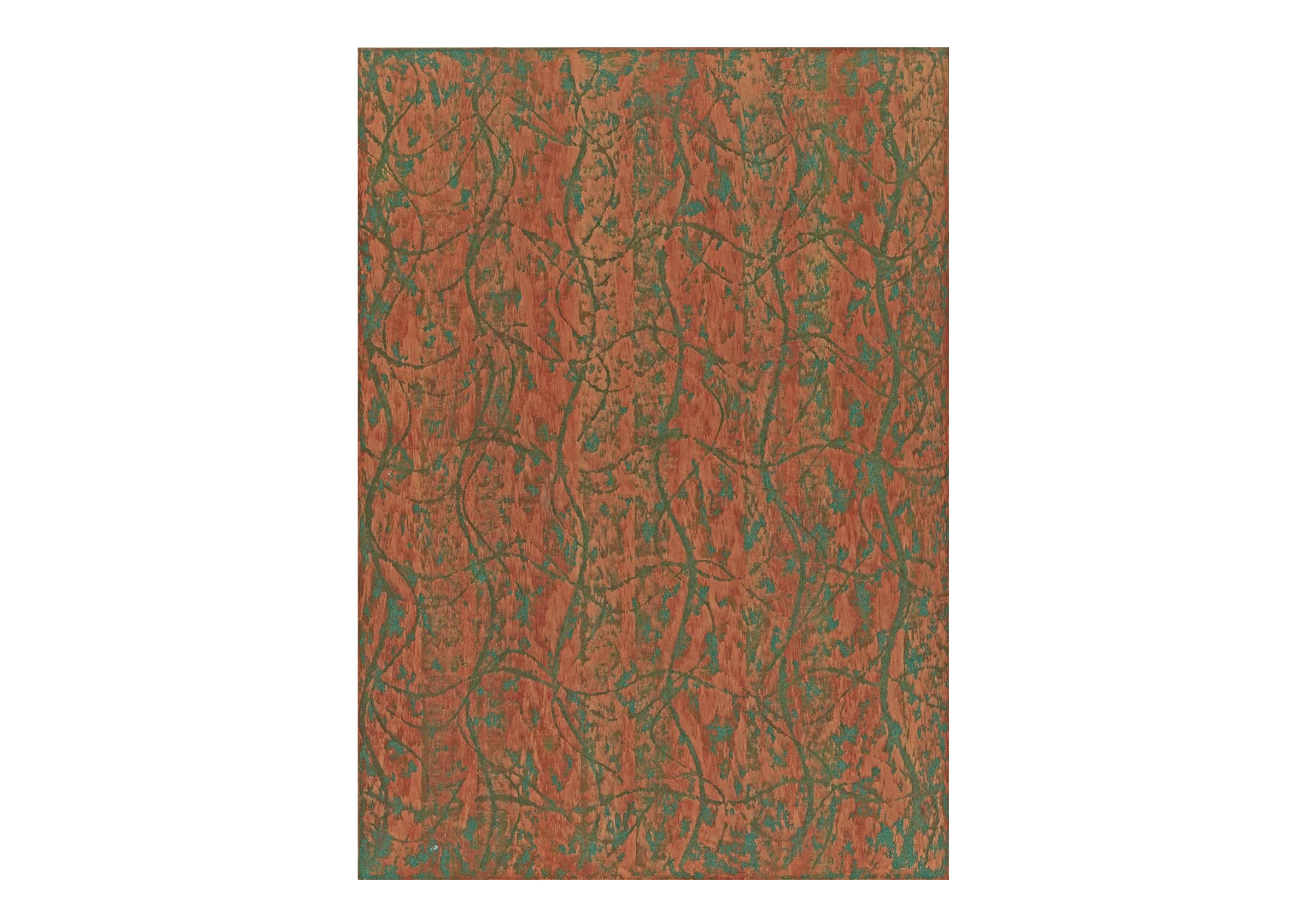
[HK$4,400.00]
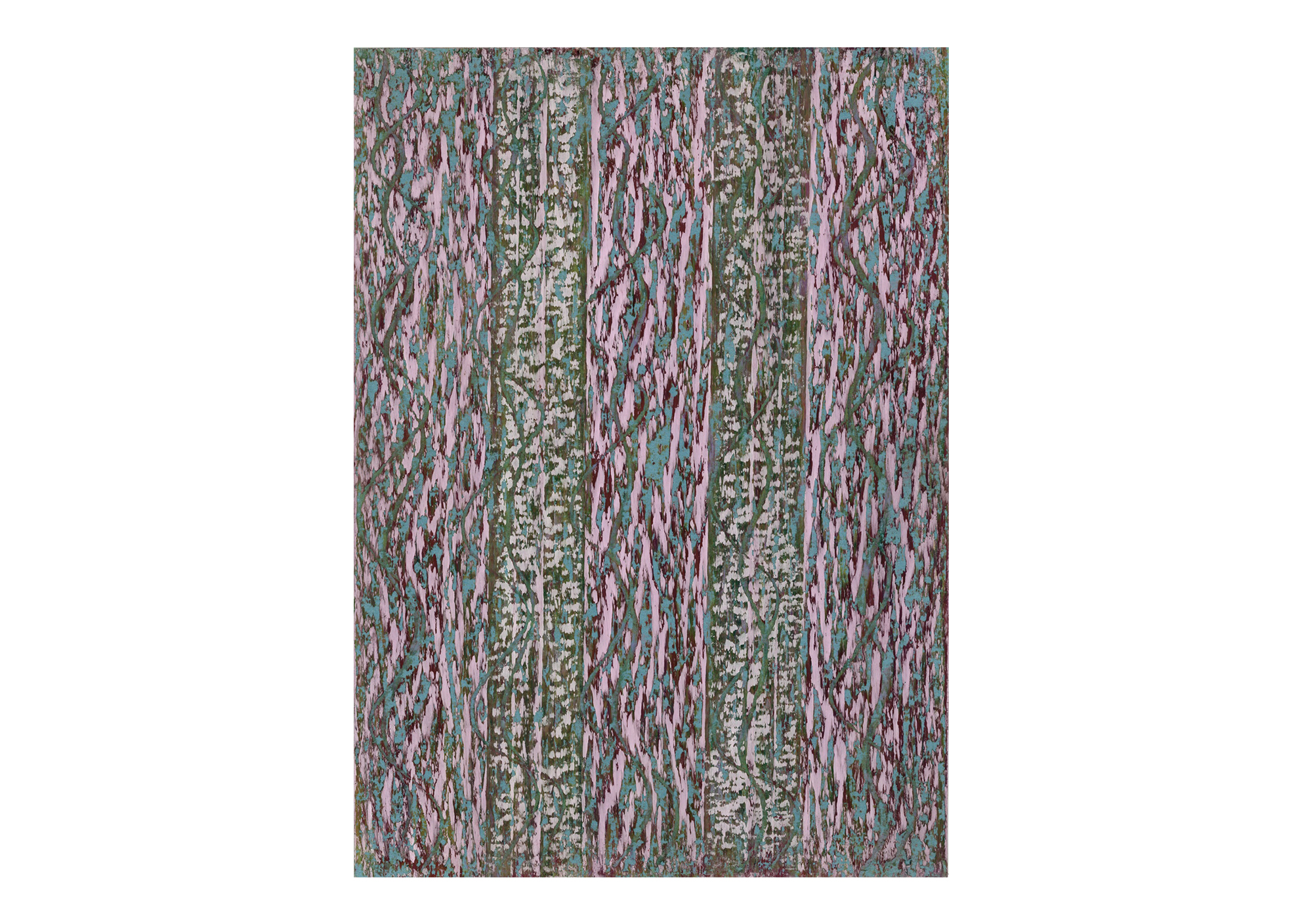
[HK$4,400.00]

[HK$4,400.00]